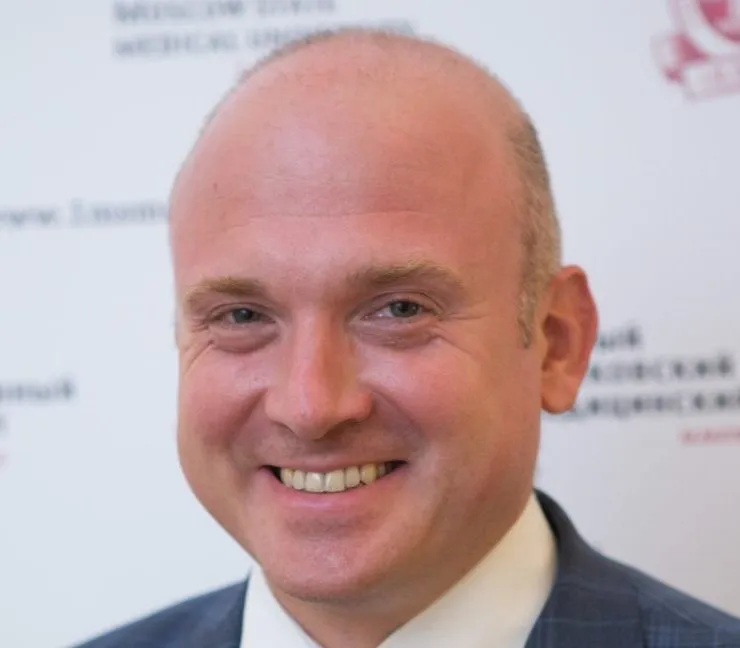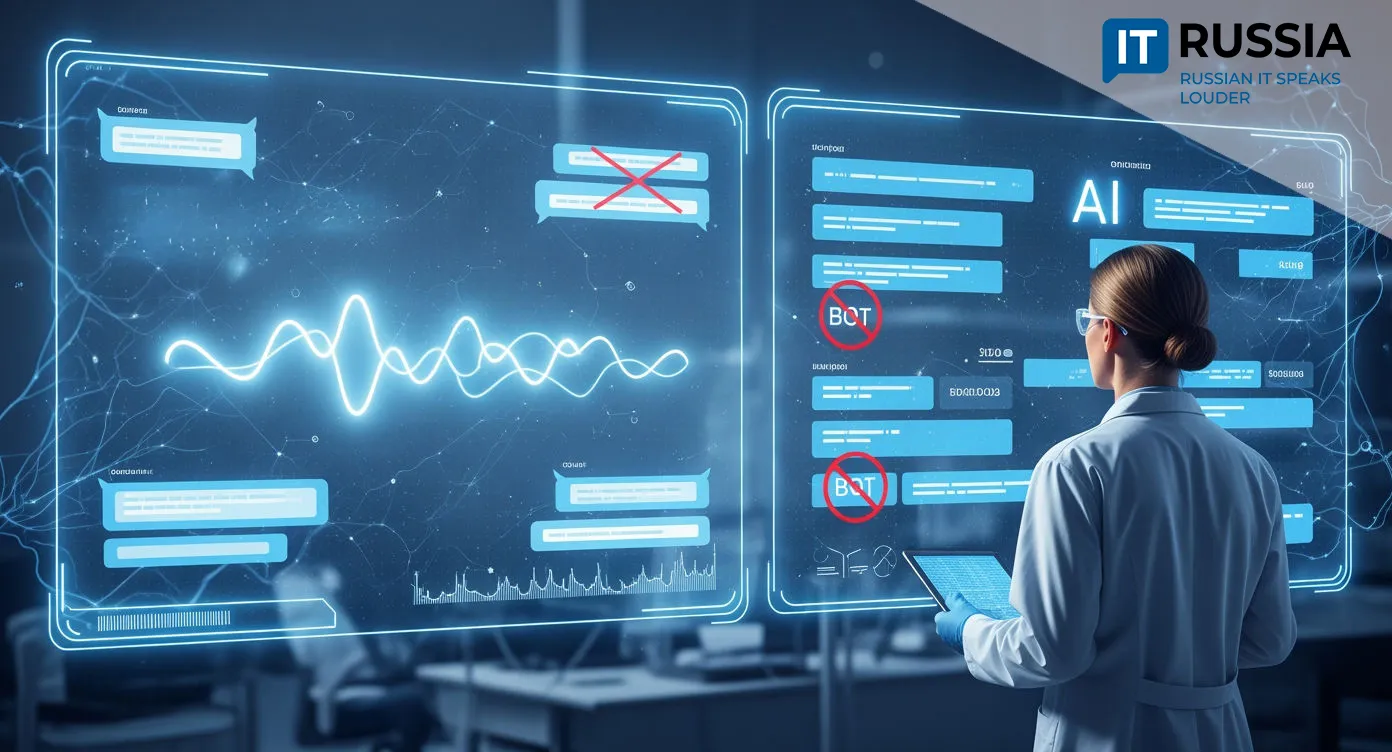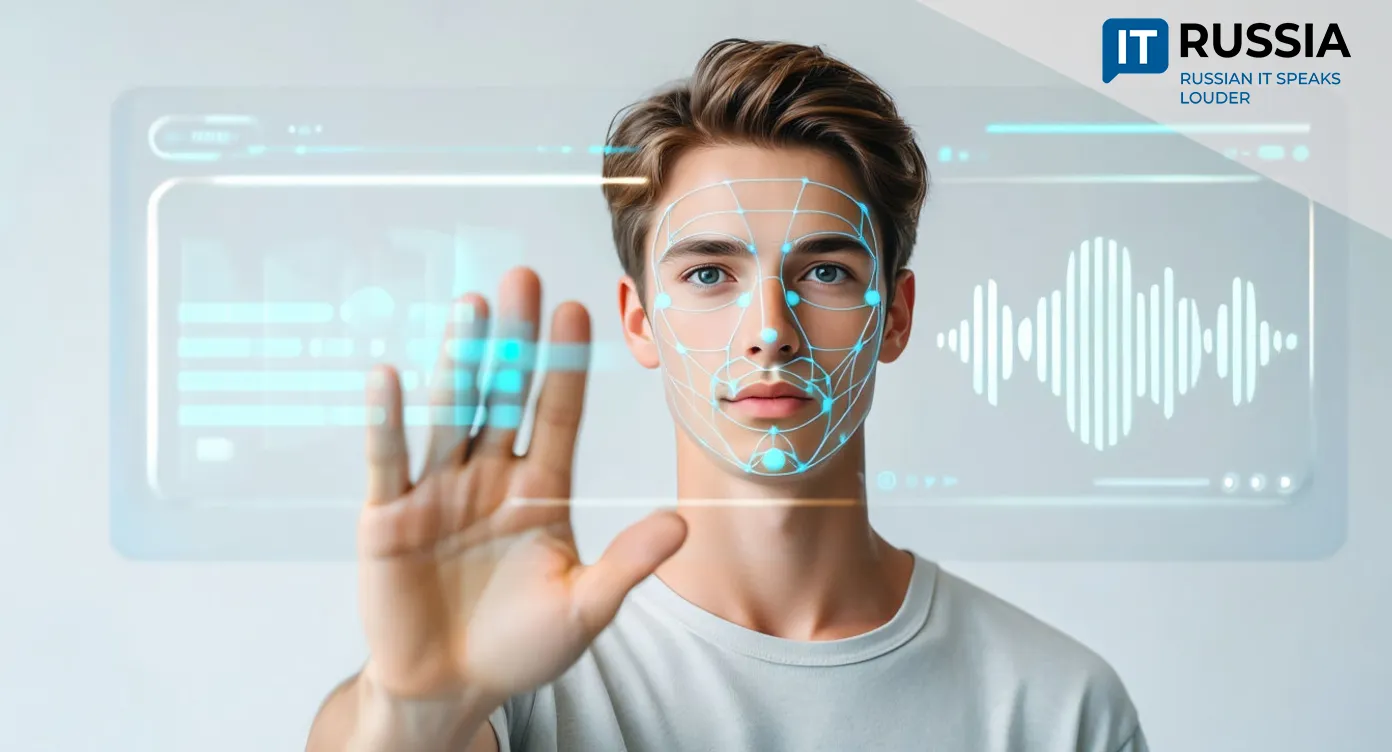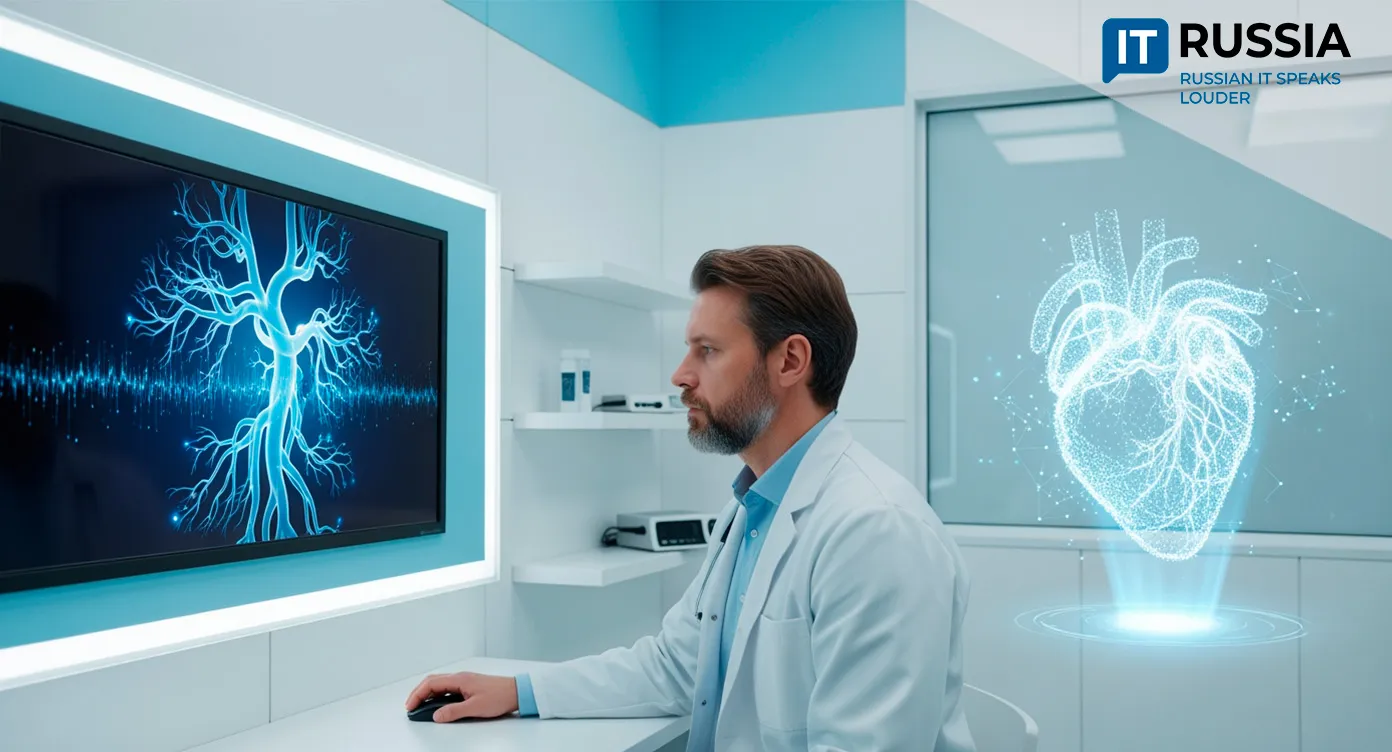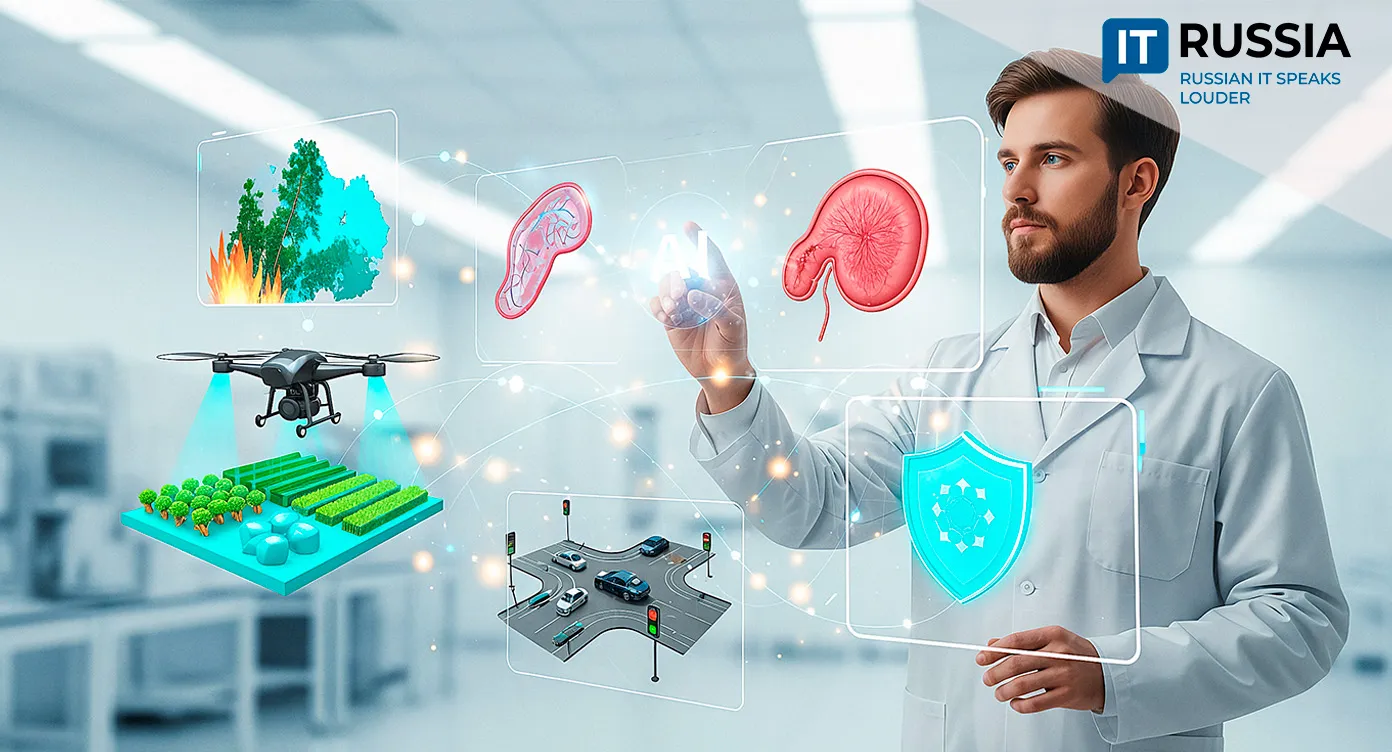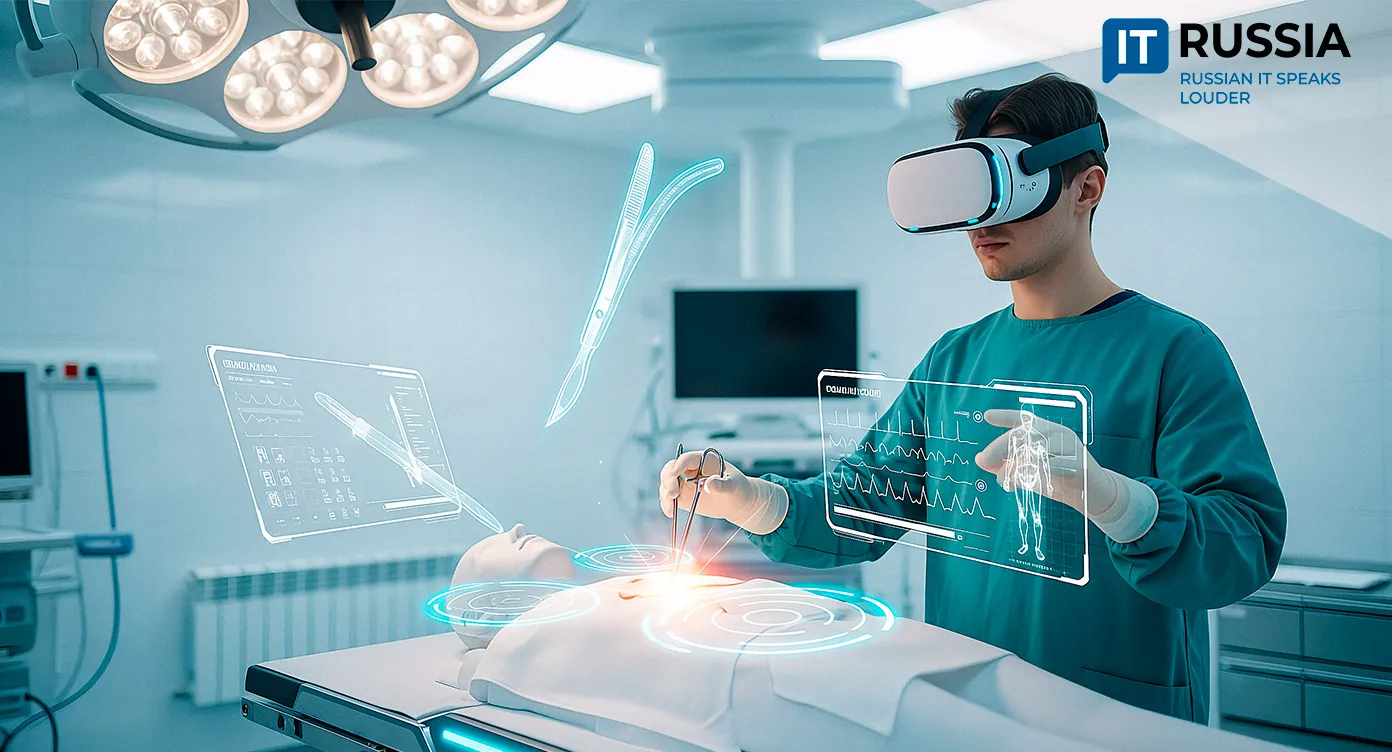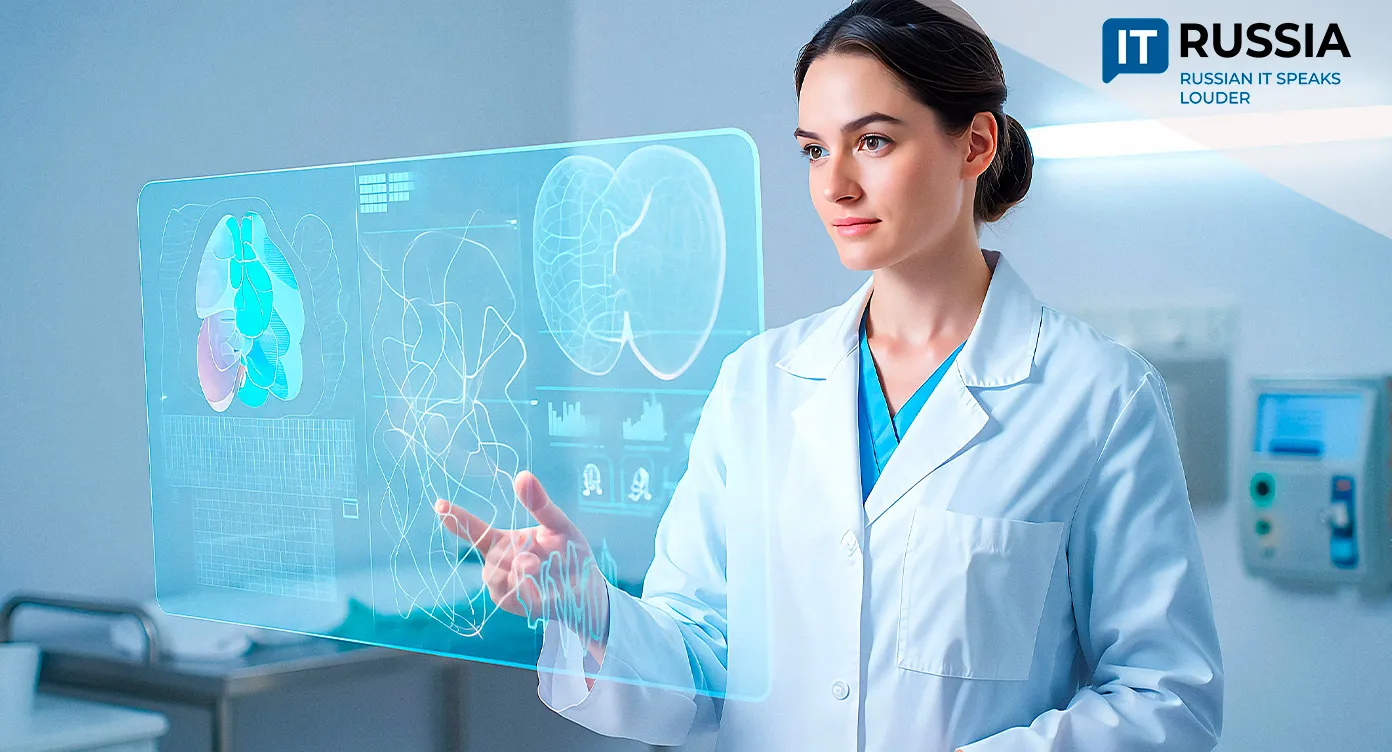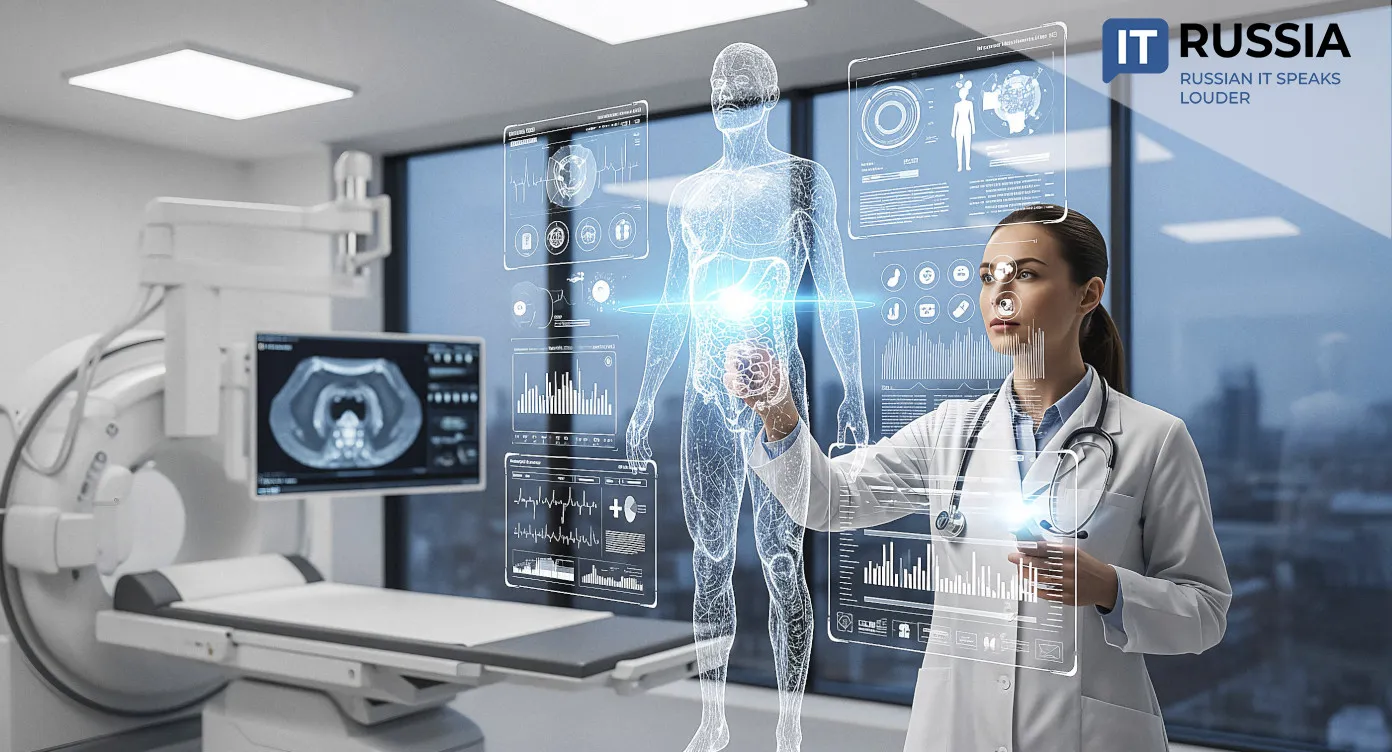The Digital Heart of Russia: How Domestic IT Solutions Are Transforming Global Cardiology
Cardiovascular diseases have long remained the leading cause of mortality worldwide. Addressing them is a challenge that requires not only medical but also technological breakthroughs. Russia is now showing impressive progress, becoming one of the global leaders in applying artificial intelligence to cardiology.
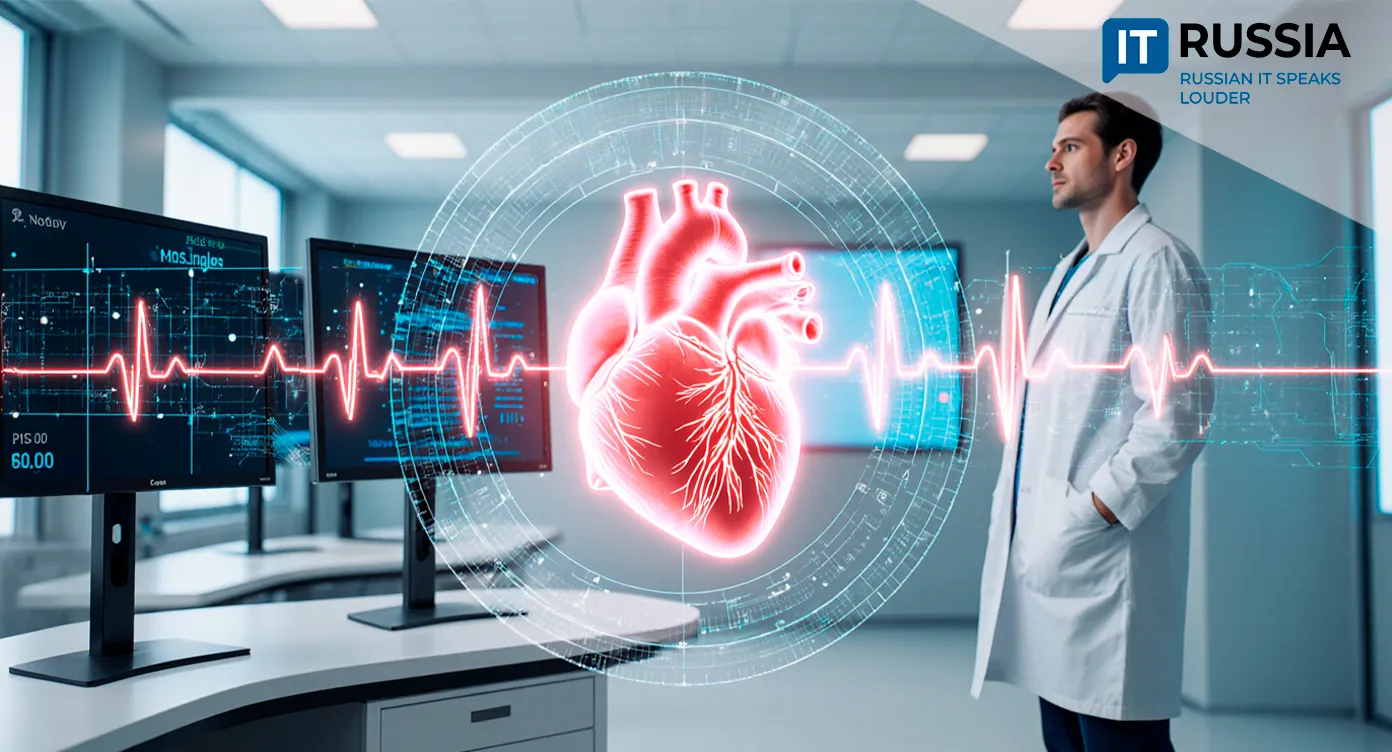
Driving Force of Progress
Russian scientists and developers are creating practical solutions that are radically changing the diagnosis, monitoring, and forecasting of heart diseases. While AI is advancing across all of medicine, cardiology has proven especially suitable for Russian innovations. The reason lies in the data: functional signals such as ECGs, pulse waves, and continuous monitoring records are ideal for machine learning algorithms. Russian teams have not only proposed novel methods for analyzing these signals but also built complete, ready-to-implement products.
International congresses dedicated exclusively to AI in cardiology are already being held, and Russian solutions are gaining visibility at them. This clearly shows that Russia has become a global leader in developing and applying intelligent cardiology technologies.
The Future Russian Cardio-IT Ecosystem
Russia’s strategy is based on creating a continuous digital care pathway for patients, covering everything from early risk detection to personalized treatment and prevention of complications.
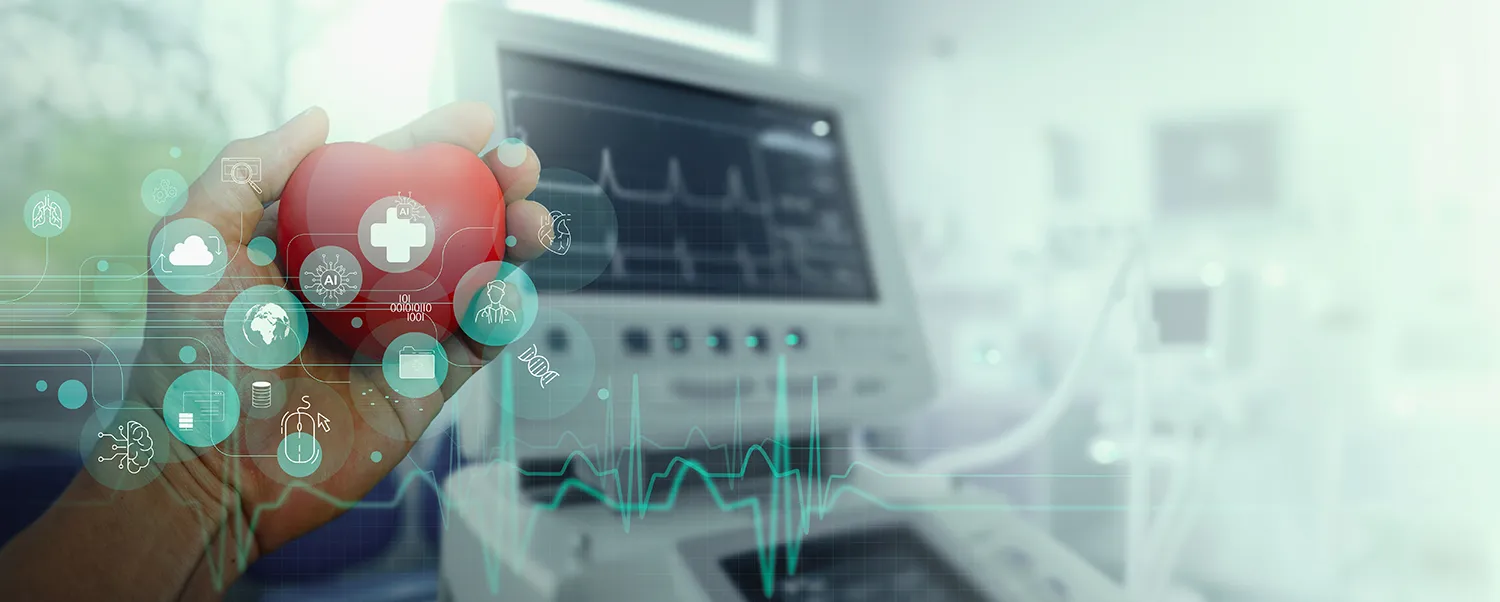
Even before symptoms appear, the RetinAIcheck platform, developed by scientists at Sechenov University’s Institute of Personalized Cardiology, can detect signs of hypertensive retinopathy from a simple eye fundus photo. Since eye vessel health reflects systemic vascular conditions, this tool helps identify patients at high risk of heart attack or stroke years before an event. This is a breakthrough in preventive medicine.
Another achievement is Russia’s software for noninvasive assessment of coronary artery stenosis—Virtual Fractional Flow Reserve (FFR). Based on CT scans, the program accurately determines whether narrowing is clinically significant, avoiding unnecessary invasive procedures like angiography and stenting. This reduces patient risks and saves healthcare resources. Tools such as the Neuromed AI chatbot, powered by generative AI, also assist physicians in diagnosis, ensuring no symptoms are overlooked.
Sechenov University’s developments “RITM-1” (a compact device for 14-day continuous ECG monitoring) and “CardioKarta” (a daily monitoring system for heart failure patients) illustrate how IT integrates into patients’ everyday lives. Linked with mobile apps, these devices make complex monitoring accessible and lay the groundwork for the “digital heart passport.”
Adoption and Export
These technologies bring a double benefit. For patients: early risk detection, personalized recommendations, and reduced anxiety. For healthcare systems: resource optimization, prevention-focused funding, and fewer costly emergencies.
The scaling potential is enormous, both domestically and internationally. Russian universities and companies have laid the foundation. The next step is integration with national health and digitalization programs—electronic health records, telemedicine—which will require infrastructure expansion, especially in regions, and clear certification standards for medical AI.
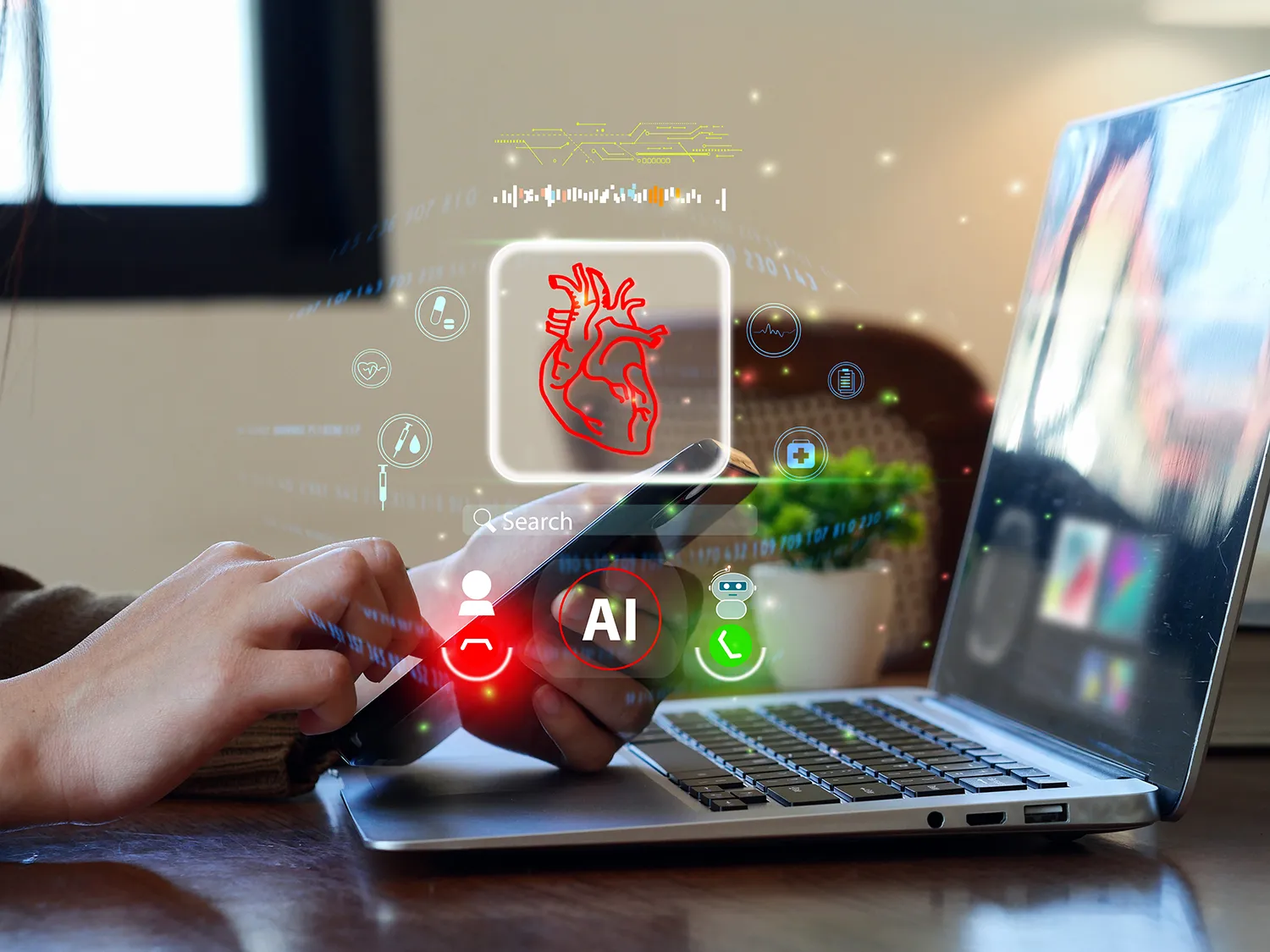
Export Potential
The quality of Russian solutions paves the way for global markets. Concepts of “digital heart twins,” being developed worldwide at leading centers such as King’s College London, create a window of opportunity. Success in export will depend on meeting certification standards (FDA, CE), but Russian algorithms and devices already demonstrate competitive quality and are in demand across the CIS and beyond.
We stand on the threshold of moving from “reactive” medicine, which responds to events, to “preventive” medicine, which predicts and prevents them. Russian innovations are a catalyst for this shift.
Forecasts for the next 5–10 years, based on current growth in domestic medical AI, are striking. The emergence of a “digital heart passport”: every individual will have a personal digital model of their heart, compiling all data from exams and monitoring to provide personalized recommendations and early warnings.
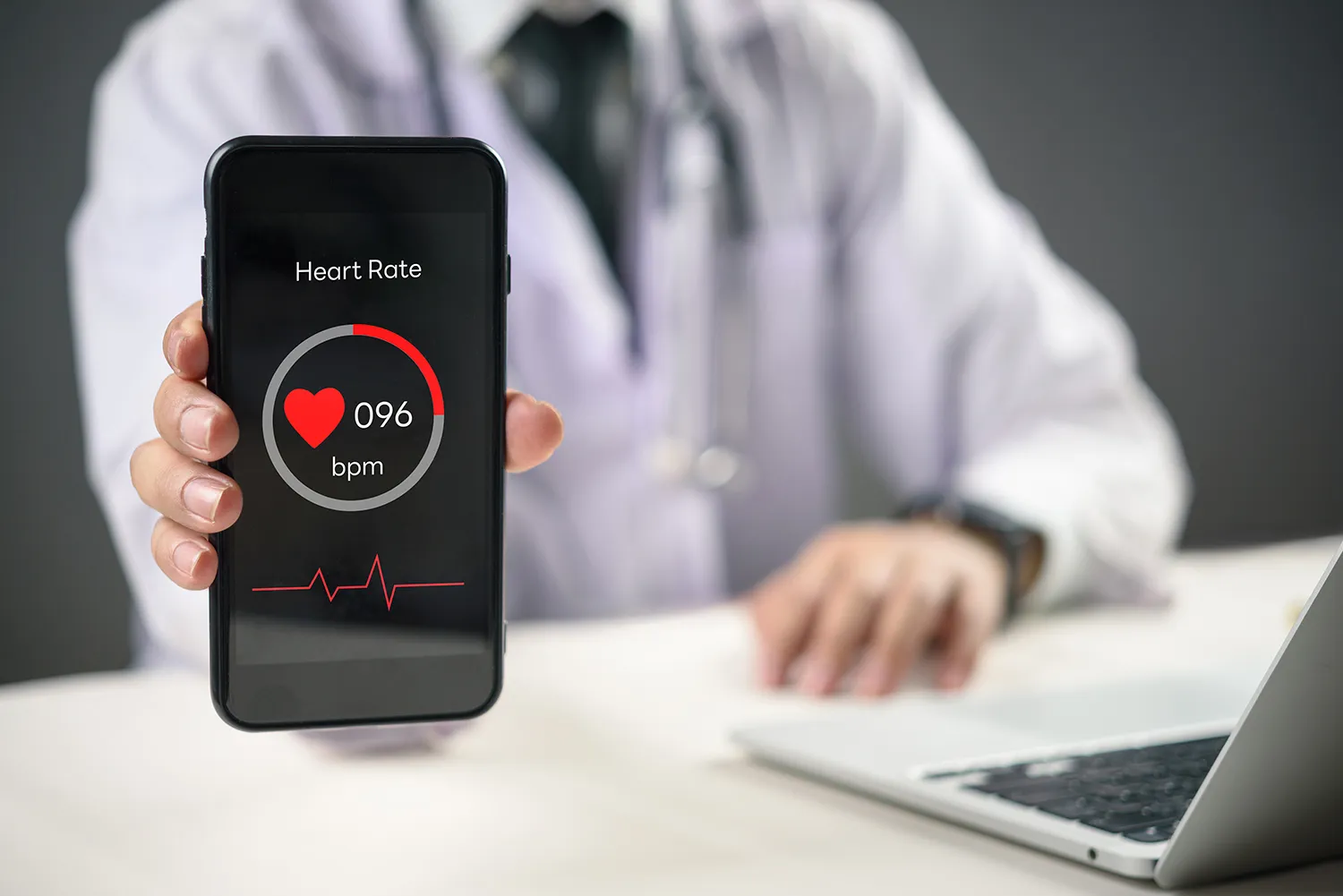
Hybrid decision-making models: AI processes massive data streams, while physicians make the final, more accurate decisions. Russian solutions that prove effective and safe will compete globally alongside products from the US, EU, and China.
Challenges remain: ensuring absolute algorithmic accuracy, addressing data privacy, and clarifying liability. Yet it is already clear that Russia is not only participating in the race for medical IT but setting new standards. By building an ecosystem—from academic research to commercial products—the country is strengthening its technological sovereignty and contributing to saving lives worldwide.


